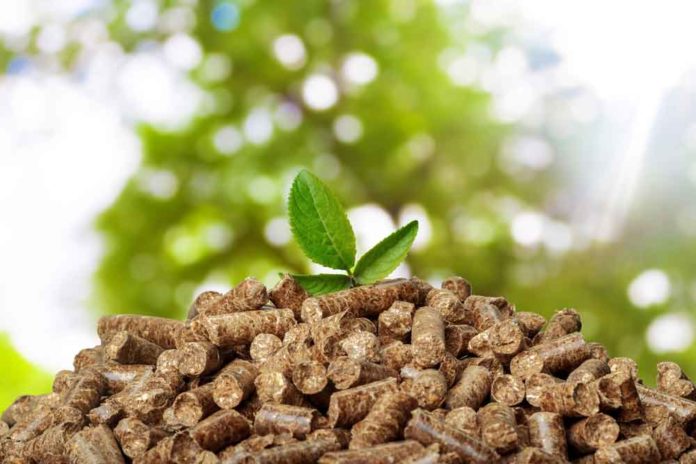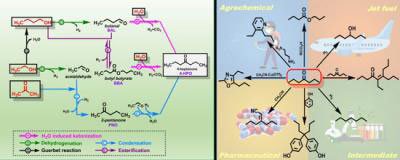Biomass is organic material that comes from plants and animals, and a renewable source of energy. ABE (acetone, n-butanol, and ethanol) fermentation broth as a biomass-derived source of fuels and synthetic substances has gotten a great deal of consideration for quite a few years.
Be that as it may, the crude fermentation broth contains low groupings of oxygenates, constraining its practical applications. Thus, it was essential to develop a highly efficient water-resistant catalyst to directly and selectively convert crude aqueous oxygenate mixtures to value-added chemicals. But bringing the efficiency and selectivity of the transformation process for biomass-derived intermediates remains a major techno-economic challenge.
Now, scientists at the Chinese Academy of Sciences have discovered a new catalytic method for this. Their strategy can effectively transfer 70% of carbon in an aqueous ABE fermentation mixture to 4-heptanone (4-HPO), catalyzed by tin-doped ceria (Sn-ceria) with a selectivity as high as 86%.
Sn-ceria is a versatile impetus for dehydrogenation, the Guerbet alcohol reaction, and esterification reactions, all of these reactions including acid-base catalysis and redox ones, relay and create 4-HPO with high selectivity. 4-HPO is an esteem included middle and can be utilized to create jet fuel and fine chemicals.
Furthermore, water, which is detrimental to the reported catalysts for ABE conversion, was beneficial for producing 4-HPO. The excellent catalytic performance of tin-doped ceria is due to the highly dispersed tin species and oxygen vacancies of ceria.
Prof. WANG Feng from the Dalian Institute of Chemical Physics (DICP) of the Chinese Academy of Sciences said, “This strategy offers a route for highly efficient organic carbon utilization. It can potentially integrate biological and chemical catalysis platforms for the robust and highly selective production of value-added chemicals.”
Their finding was published in Nature Communications.

